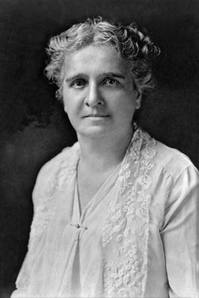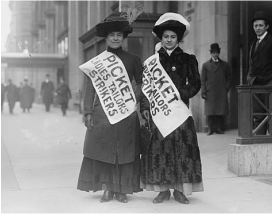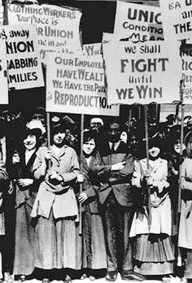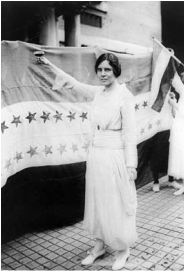GIVING WOMEN A VOICE

The National Women’s Trade Union League of America was started in Boston, Massachusetts in 1903 during a convention held by the American Federation of Labor. Working-class women, reformers, middle class, and wealthy women all came together to create the union in an effort to improve working conditions and gain equal treatment for women working in trades and industries.
|
In the beginning, the union simply wanted to create women's trade unions that could be a part of the AFL, but when the AFL discriminated against women members, the National Women's Trade Union League, also called the WTUL separated from the AFL altogether and went off on its own. It's greatest successes came between 1907 and 1922 while Margaret Drier Robbins was its president. Under Robbins leadership, the WTUL organized women into trade unions, got new legislation passed, and educated the public on the poor working conditions women faced in industrial work.
|
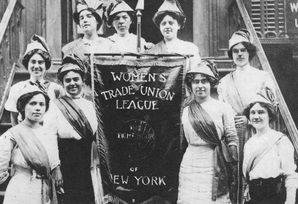
Secondly, the WTUL was able to organize women into unions. They showed women how to join unions, trained women for leadership roles in unions, and even provided help to union women who were let go from their jobs. They held rallies to inform members and the public about problems in the workplace and to bring together women from different jobs and social classes to collaborate on ways to improve working conditions and treatment of women in the workplace.
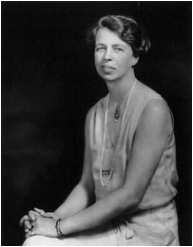 Eleanor Roosevelt in 1922
Eleanor Roosevelt in 1922
The WTUL also used lobbying and political networking tactics. The WTUL gave members a way to make political connections with people in government positions that could help make the changes they were striving for. Eleanor Roosevelt became a member in 1922 and established a friendship with Margaret Dreier Robins. When Franklin D. Roosevelt became present, Eleanor became the first lady. Eleanor Roosevelt really helped the WTUL influence law makers to pass laws to improve working conditions and treatment for women.
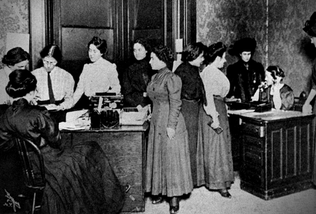
Education was another tactic used by the WTUL. By educating the public and legislatures about working conditions and unfair treatment, the WTUL was able to get new laws passed that benefited women and children workers between 1907 and 1922. They won an eight-hour workday, a minimum wage, and they got rid of child labor altogether. In 1911, the WTUL helped conduct an investigation of the Triangle Shirtwaist Factory Fire. Their findings led to new laws that required industries to abide by safety regulations.
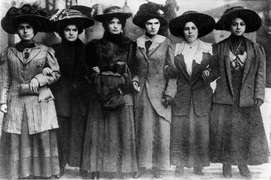
The WTUL was very important in giving women workers a voice and helped women gain more respect as workers and citizens. The WTUL did eventually dissolve in 1950. When labor unions began allowing women to join, women did not need the WTUL to help them anymore and membership in the WTUL declined. In 1950, they ended the union because there was not enough members to fund the organization anymore.
